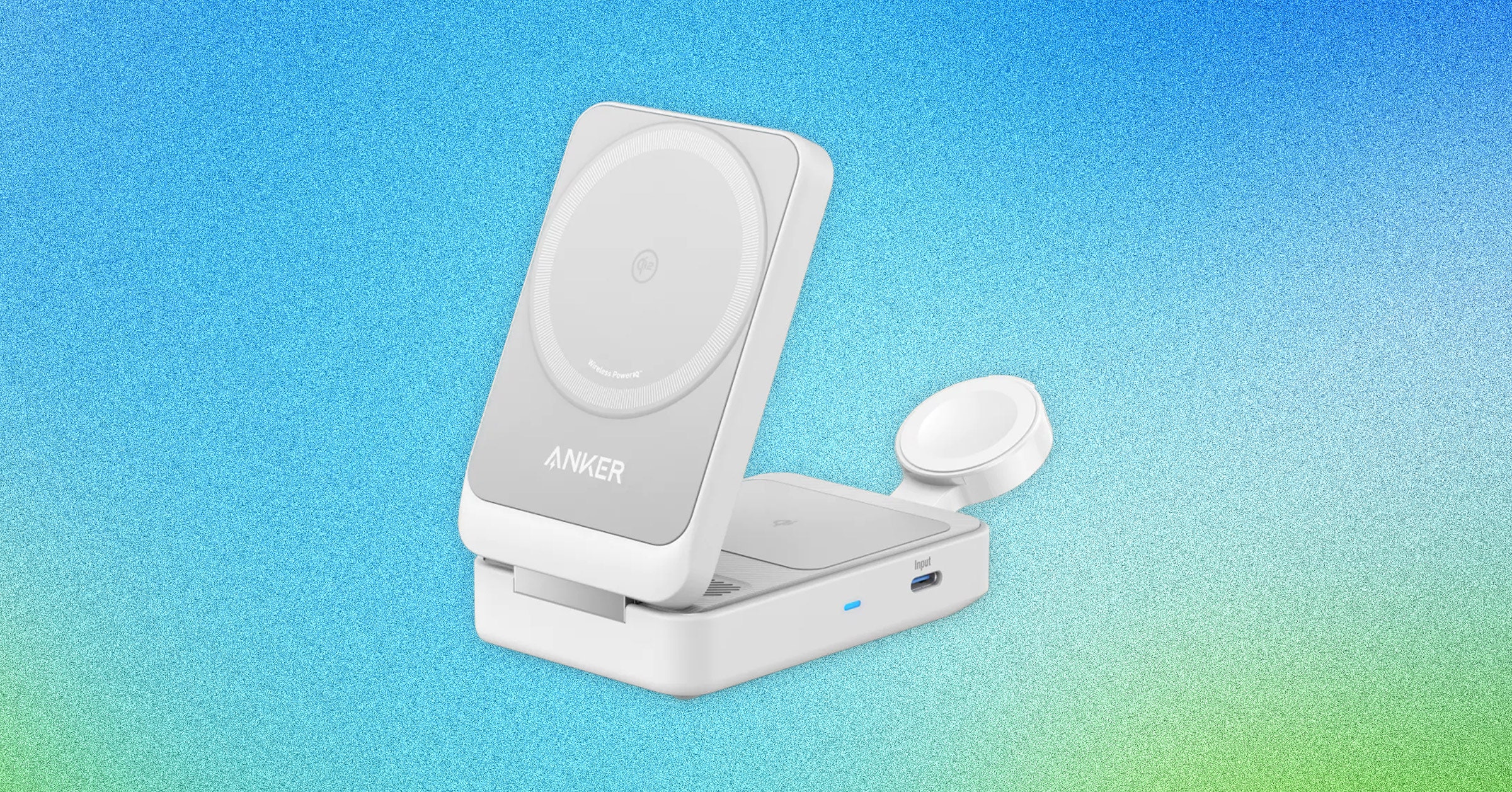The breakthrough launched a debate: What do we make now? One faction wanted to grow a face, but the faction that wanted to try a hand won. They imagined a five-fingered structure that could be snipped open at the wrist, slid on like a glove, then sutured. “You would only have to apply bandages around the wrist area—and that would be the surgery,” Abaci says.
So the lab printed a five-fingered scaffold about the size of a sugar packet, prepared the cells as they had before, and then tested how well the “edgeless” construct held up compared to traditional grafts. In a mechanical strain test, edgeless constructs beat flat patches by up to 400 percent. Microscope images revealed a healthy, more normal extracellular matrix—the network of proteins and molecules that provide structure to tissue. This matrix had more molecules, like hyaluronic acid, and a more realistic layout of cells. Abaci was delighted, yet surprised: “It was really fascinating to see how the cells really respond to just the change in the geometry. Nothing else.” He thinks this method is better at creating a more normal skin substitute because it lets the cells grow in a natural, enclosed way.
But could a skin graft like this actually take? Pappalardo’s mouse demonstration—which he ultimately did 11 times—suggests so. It wasn’t possible to do the same surgery with flat grafts; he elected to attempt the mouse’s hindlimb because the area’s geometry is so complex. Four weeks later, the skin replacement became fully integrated on the mouse’s surrounding skin.
“The way they got this to work was pretty exciting,” says Adam Feinberg, a biomedical engineer at Carnegie Mellon. “We’re on a path to these technologies being more broadly available. Ultimately, in another decade or so, it’s going to really change how we’re able to repair the human body after injury or disease.”
He’s particularly excited by how they could vascularize the skin, helping it grow blood vessels. That could be a huge boon to people with diabetic ulcers. “Vascularization is what keeps tissue alive,” says Feinberg, and one reason people get diabetic ulcers in the first place is that their tissue gets poor blood circulation. “If [engineers] could create a better vascular quality to the tissue to start with, they may have more success” with treating those patients, he says.
Sashank Reddy, a plastic surgeon and tissue engineer at Johns Hopkins University, points out that the team can also grow these structures from very small biopsies, rather than having to transplant a large quantity of tissue from somewhere else on the patient’s body. “Say I had to resurface someone’s entire forearm—that’s a lot of skin that I have to borrow elsewhere from their body, from their back or their thigh,” Reddy says. Removing that tissue creates a flaw at the “donor site” it was taken from. “The other beauty of this approach is not just the geometry, but that it spares that donor site defect,” he continues.
And Sherman notes that a transplant that can be done in an hour is a huge improvement over today’s graft operations, which can take between 4 and 11 hours, requiring extensive anesthesia for a vulnerable patient. “It could be a profound step forward,” Sherman says.
Video: Alberto Pappalardo/Abaci Lab
Still, the new constructs will have to clear several hurdles—like clinical trials—before surgeons can use it, Reddy says. Not many companies have attempted to implant engineered tissue onto patients. Last year, one called 3DBio transplanted a human ear printed from cells.
And Reddy notes that this tissue is missing several components of real skin, like hair follicles and sweat glands. “People can think of these as ‘nice to haves,’ but they’re really quite critical in anchoring the skin,” he says. It’s crucial to incorporate skin pigments too, to match skin tone. But he’s optimistic that these add-ons are achievable, and he notes that surgical demos in mice translate more easily to humans than drug trials performed on mice do. “There’s always surprises in biology, but it’s less of a leap to say that that will reproduce,” he says. “It’s more of an engineering issue than a fundamental discovery issue.”
Abaci sees potential to use this engineered skin for testing drugs and cosmetics, and for studying the fundamental biology of skin. But the main draw for him is creating transplants—ideally ones that can go on as a single wearable piece and might be engineered with the help of other research groups that specialize in muscle, cartilage, or fat.
In the meantime, his group has been working on making larger constructs, like an adult male hand. (They think it would only take a 4-millimeter biopsy to get enough tissue to grow the 45 million fibroblasts and 18 million keratinocytes needed for a culture that size.) They also plan to do away with the scaffold and start printing actual tissue. That would not only cut out some steps, but would give them more control over the skin’s thickness and functionality in different spots.
Tissue engineers are confident that new approaches like this one will make it to the clinic. “It’s really becoming a question of when will this be available,” says Feinberg, “and not an if.”



